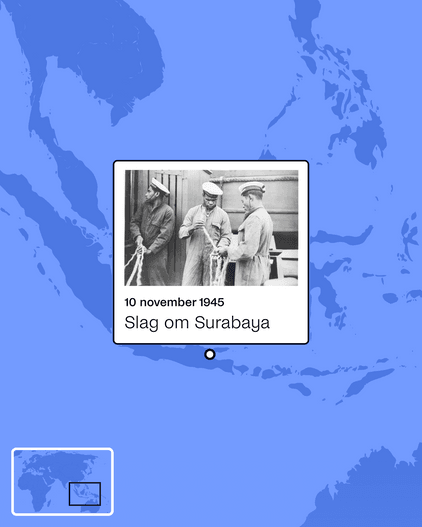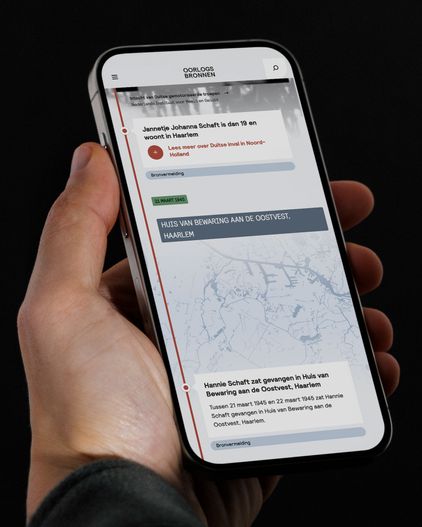Between open data and privacy: the CABR as a digital archive
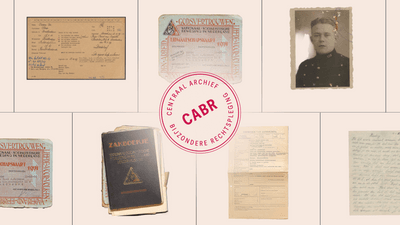
Challenge
The Central Archive for Special Jurisdiction (CABR) is the largest Dutch archive on World War II. It holds 3.8 kilometers of files, over 30 million pages, on individuals suspected or accused of collaborating with the German occupiers. How do you address such a sensitive topic that has long been taboo, in a way that allows for a nuanced conversation between the descendants of perpetrators and victims?
Result
With the Oorlog voor de Rechter project, more than 425,000 persons are being made available online. Through smart technology, careful design, and historical context, the archive becomes a nuanced resource that does not judge but provides insight. The platform connects information from the Netherlands’ most important war archive and passes it on to future generations, enabling continued discovery, understanding, storytelling, and learning from the past.
What we did
Concept, data driven storytelling, digital identity, UX design, development
Impact
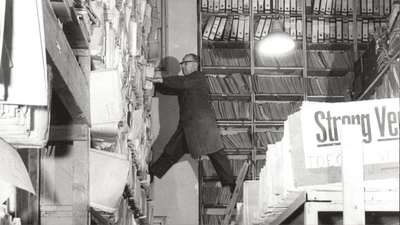
Central Archive for Special Jurisdiction
At the end of World War II, a special legal system was established in the Netherlands called special jurisdiction. Its purpose was to prosecute individuals suspected of collaborating with the German occupiers. In total, around 425,000 people were investigated, but not all stood trial, were convicted, or were rightly accused.
The files, containing investigation reports, interrogations, evidence, and court documents, are all stored in the Central Archive for Special Jurisdiction (CABR). For the Oorlog voor de Rechter project, the CABR’s 30 million pages are being digitized and made machine-readable. What’s particularly remarkable is that even handwritten and visual documents, such as diaries and photographs, have been made searchable.
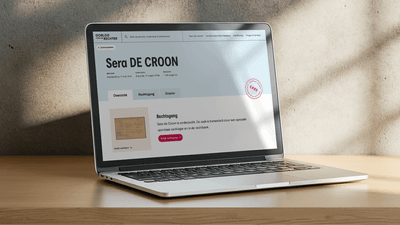
Collaboration
Due to the vast size of the archive and the sensitive nature of the topic of collaboration, Oorlog voor de Rechter was developed in close collaboration with historians, researchers, designers, and developers from the National Archives, Stichting WO2Net, NIOD, Huygens Institute, and Spinque. By combining data experiments, interface design, development, and user testing, a platform was created that is both functional and meaningful. All design decisions were based on user insights gathered through methods such as visitor journey mapping, interviews, prototyping, and user testing.
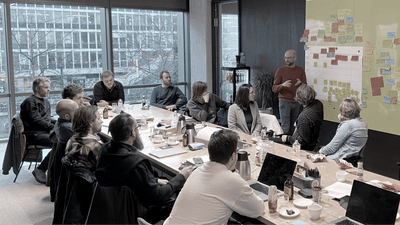

Context for each file
Instead of following the traditional file-based structure, Oorlog voor de Rechter takes a person-centered approach. Whereas a classic archive presents you with a dossier, here you encounter an individual, with space to read about and understand their role in history. For victims and their relatives, this access is essential. The files provide the opportunity to discover what happened to family members or friends. For the last surviving witnesses of World War II, this may even be their final chance to find answers about the fate of their loved ones, or about their own experiences.
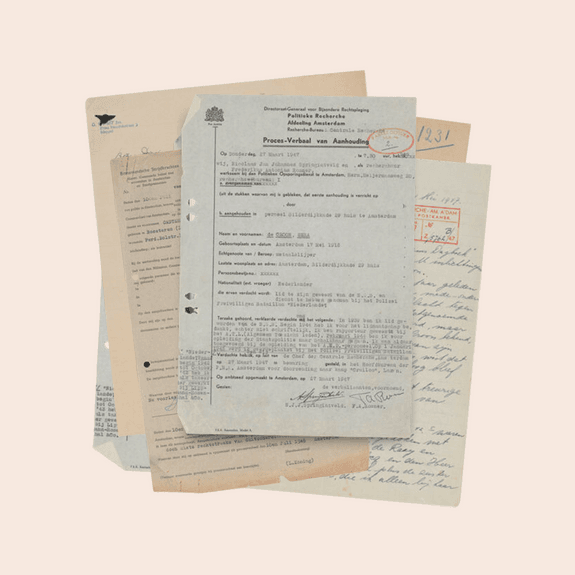
Smart text recognition
Using smart machine learning, powered text recognition, the pages within each file are automatically split into individual documents. These documents are then linked to specific events or stages in the judicial process. Each file clearly explains why someone was suspected and whether they actually appeared in court, whether at a tribunal or a special court. This ensures that relatives aren’t unintentionally judged because a family member was quickly found by a casual visitor without the proper context. The files are presented in a chronological, visually engaging way, with helpful guides that explain complex legal and historical terms.
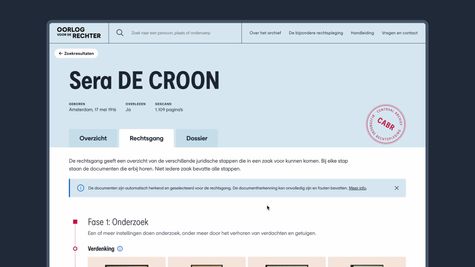

A digital CABR is a treasure trove with an user guide.
Without judgement
The topic of collaboration is morally and historically complex. There are rarely just two sides to a story. Thanks to the technology used, the platform makes multiple perspectives visible: from victims and perpetrators to judges, bystanders, and officials. This helps users form their own understanding. By explaining terms, providing context, and putting numbers into perspective, the platform breaks through the simplistic “right or wrong” thinking. The result is a fairer, more nuanced view of the past.
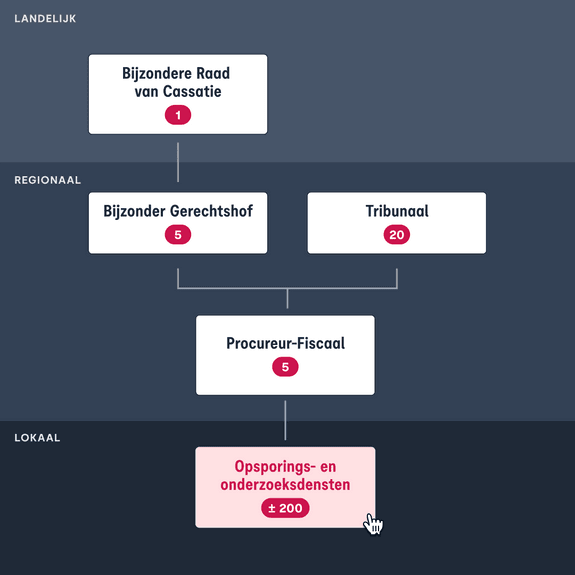
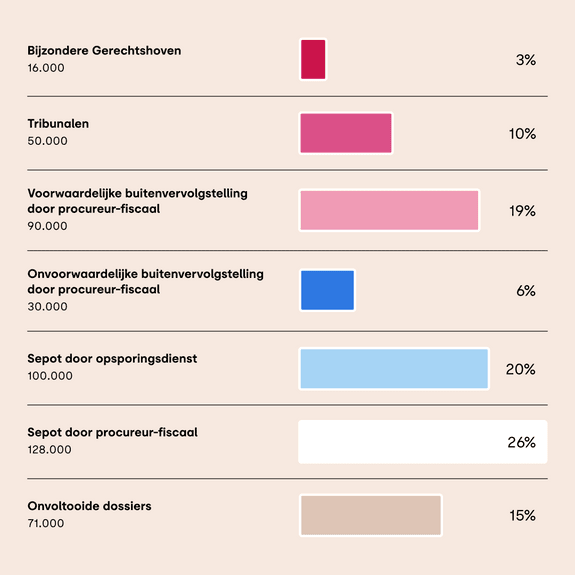
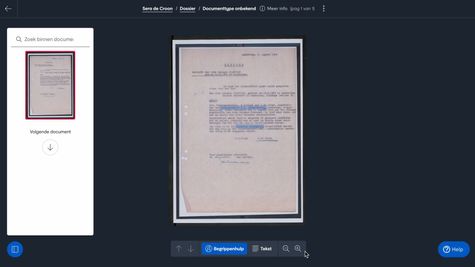
Restricted public access
The digitized CABR files were originally scheduled to go online on January 1, 2025. However, after a warning from the Dutch Data Protection Authority, the Minister of Education, Culture and Science, Eppo Bruinsma, decided in December 2024 to postpone this launch. What is currently available online is a list of names from the CABR database. This list is based on the old card systems from around 200 institutions involved in the special jurisdiction process. Due to privacy regulations, only the names of people who:
- were born more than 110 years ago,
- were born less than 110 years ago but are known to have passed away, or
- have a dossier available
are visible.
When searching for a name, a brief summary appears. Anyone wishing to consult the full dossier can make a physical appointment at the National Archives in The Hague through Oorlog voor de Rechter, provided they have a valid reason.
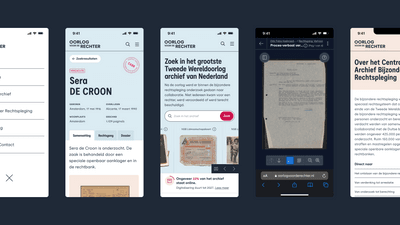
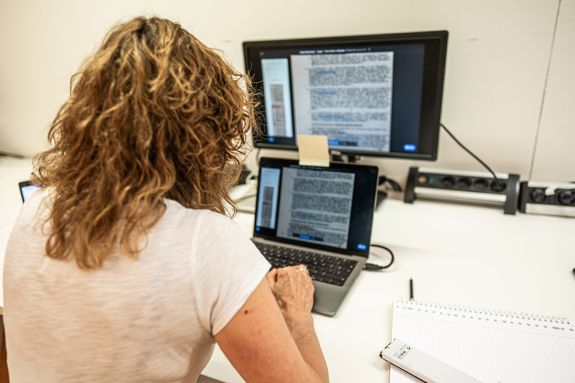
Future
It is still unclear when Oorlog voor de Rechter will be fully available online. For now, visitors who make an appointment at the National Archives can access around 11 million scanned pages from the archives. The digitization of the entire collection is still underway and is scheduled for completion in 2027. Making the dossiers fully available online is also on the agenda. The Ministry of Education, Culture and Science is working on a legal amendment that would make it possible to provide online access to archive collections of significant public interest. At the National Archives, five computers are currently available where visitors can explore the full website, including everything that has been digitized so far. In 2026, it will also be possible to access the site at the reading rooms of the Regional Historical Centres, while the legislative process is still ongoing.
Ready to change things?

